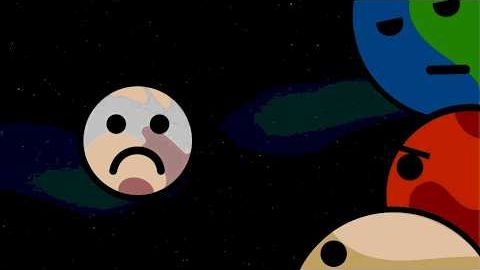
Subtitles & vocabulary
Is Pluto a planet? !
00
VoiceTube posted on 2013/03/22Save
Video vocabulary
word
US /wɚd/
・
UK /wɜ:d/
- Noun (Countable/Uncountable)
- Unit of language that has a meaning
- Promise
- Transitive Verb
- To express something by choosing particular words
A1
More sun
US /sʌn/
・
UK /sʌn/
- Noun (Countable/Uncountable)
- Light and heat coming from a large star in the sky
- Hot shining star the Earth moves around
- Intransitive Verb
- To lie in the sunshine and enjoy its warmth
A1
More small
US /smɔl/
・
UK /smɔ:l/
- Adjective
- Little in size; not big
- (Of letters) not written in capital letters
A1TOEIC
More ice
US /aɪs/
・
UK /aɪs/
- Uncountable Noun
- Frozen gas or liquid, esp. water
- Sweet food made of frozen cream, or juices
- Transitive Verb
- To make something cold by putting on frozen water
- To spread a sweet and creamy substance on a cake
A1
More Use Energy
Unlock All Vocabulary
Unlock pronunciation, explanations, and filters
